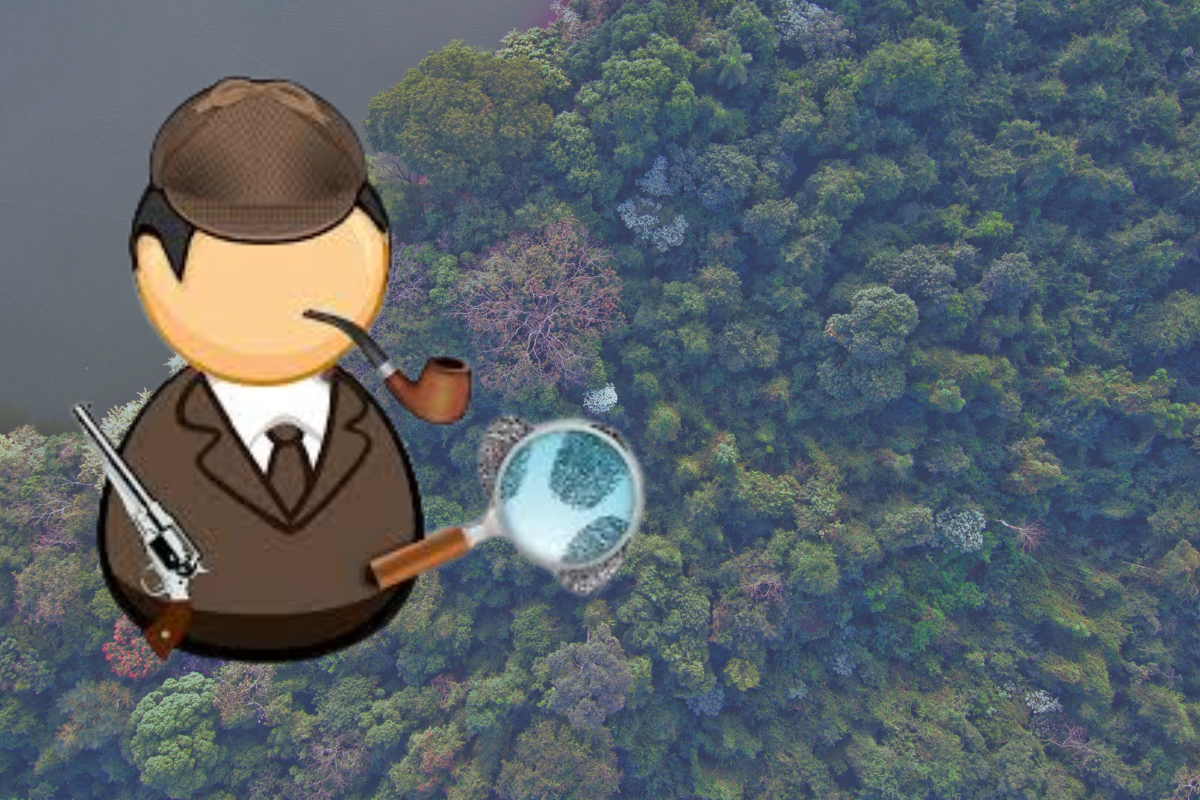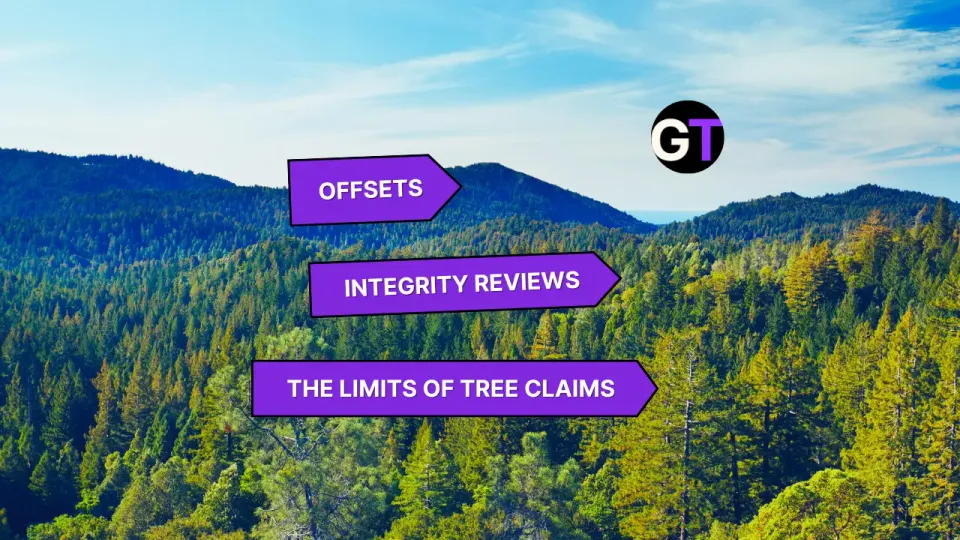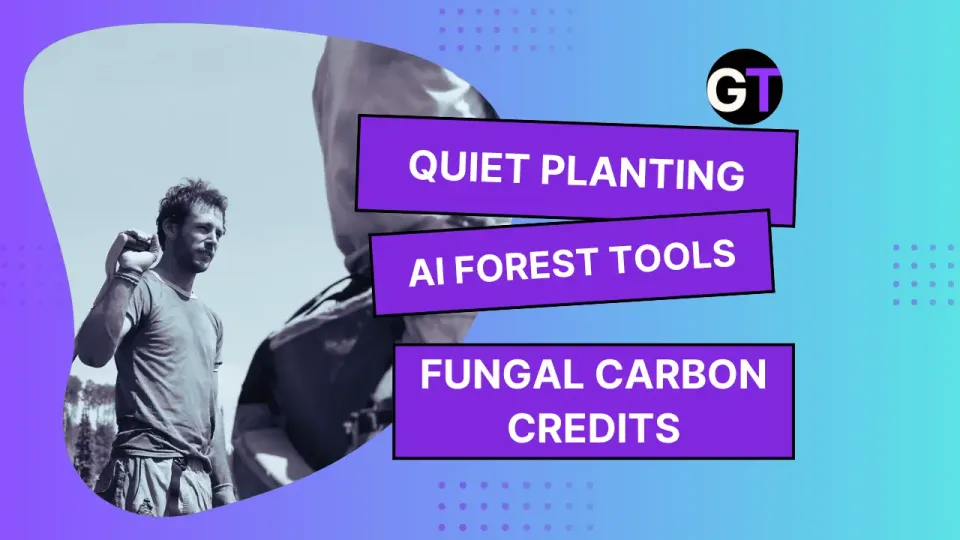Biodiversity in Brazil's Atlantic Forest Restoration
Atlantic Forest reforestation in Brazil lacks biodiversity. Study shows need for species diversity, regional flora, and better planting strategies.

Are Restoration Plantings Truly Restoring Biodiversity?
When most non-Brazilians think of Brazil’s forests, the Amazon typically comes to mind. However, much of Brazil’s current restoration effort focuses on another critical ecosystem: the Atlantic Forest. This biome, though less globally iconic, is one of the world’s most biodiverse—and most fragmented—natural landscapes. Just over 15% of the original cover of the Atlantic forest remains—so there is a strong impetus to restore it.
However, a recent study by Almeida et al. (2024) suggests that that the restoration efforts in the Atlantic Forest are falling short of their biodiversity goals. While replanting projects are well-intentioned, they often fail to capture the ecological complexity of native forests, risking long-term ecological health and sustainability.
Why This Matters for Brazil
The Atlantic Forest was never just a photogenic backdrop; it’s historically been a biodiversity hotspot teeming with endemic species found nowhere else. Effective restoration is therefore about more than planting trees to sequester carbon (though that’s important too). It’s about rebuilding ecosystems capable of supporting the intricate web of life that makes this region so unique.
Without meaningful improvements to restoration strategies, we risk creating forests that look green but lack the biodiversity to function as thriving ecosystems.
And we're not just talking about avoiding monocultures—something more subtle yet equally concerning seems to be happening. Restored areas aren’t reflecting the full ecological richness of the Atlantic Forest. If the data holds, something critical is being lost.
What’s Going Wrong in Tree Planting Efforts?
Almeida et. al. examine something like 1,000 restoration sites (seriously, their list is HUGE), and highlight several shortcomings in current approaches:
- Species Mismatch: Commonly available species dominate plantings, leaving out rarer, locally adapted plants essential for biodiversity.
- Loss of Ecological Variety: Restored areas have significantly lower beta diversity than remnant forests, meaning they lack the variety of species found across different sites.
- Homogenized Landscapes: Restoration sites resemble each other more than they resemble the diverse ecosystems they aim to replicate.
This pattern of biotic homogenization—where unique local species are replaced with generalists—poses a severe risk to the Atlantic Forest’s ecological integrity.
Below, we have graphed ten random trees and shrubs using the data from the study, showing the frequency that these species occur in the plantings vs the southern Araucaria Forest remnant (in the southern portion of the Atlantic Forest).
From the data seen in the study, it seems that most planting sites have a wide range of species - just not always the species that naturally occur.
It should be noted however that the study did not account for potential natural regeneration.
How to Fix It: Improving Restoration Strategies
Based on the results shown here, to better align restoration efforts with biodiversity goals, Brazilian planters must prioritize:
- Expanding Seed Diversity: Encourage nurseries to grow a wider range of species, including endemic and threatened plants.
- Using Local Reference Data: Base planting decisions on data about regional flora to better reflect natural biodiversity.
- Monitoring and Adapting: Continuously compare planted areas against ecological benchmarks and adjust methods accordingly.
- Fostering Natural Regeneration: Pair plantings with strategies to promote natural forest recovery wherever feasible.
The Power of Open Data in Restoration Success
None of this improvement is possible without open and accessible biodiversity data. Datasets like the one here have been instrumental in identifying the gaps and shortcomings in current restoration efforts.
This research underscores the importance of transparency in ecological project data. The insights revealed by Almeida et al. were only possible because of the data made freely available by researchers and organizations.
Such openness enables scientists and policymakers worldwide to scrutinize restoration efforts and collaborate on strategies for improvement. This is why we need as many eyes as possible on restoration projects and their detailed breakdowns.
Let’s recognize and celebrate the organizations and researchers that have prioritized open data. Their work doesn’t just highlight problems—it lays the groundwork for solutions.
Building on the Insights from Almedia et. al. (2024)
To summarize, the evidence suggests that while Brazil's planting efforts are a step in the right direction, they often fall short of their biodiversity goals. They risk replacing diverse, resilient ecosystems with simplified landscapes that lack the ecological richness to thrive long-term.
Improving restoration outcomes requires more than just planting trees. It demands a commitment to biodiversity, guided by data, research, and openness.
With improved strategies and continued transparency, we can ensure that restoration projects don’t just restore forests—they restore the vibrant ecosystems within them.
Source
Crislaine de Almeida, J. Leighton Reid, Renato A. Ferreira de Lima, Luis Fernando Guedes Pinto, Ricardo Augusto Gorne Viani,
High-diversity Atlantic Forest restoration plantings fail to represent local floras,
Perspectives in Ecology and Conservation,
2024,
ISSN 2530-0644,
https://doi.org/10.1016/j.pecon.2024.12.001.
(https://www.sciencedirect.com/science/article/pii/S2530064424000658)
Edited by Chris Harris

This work is licensed under a
Creative Commons Attribution 4.0 International License.




